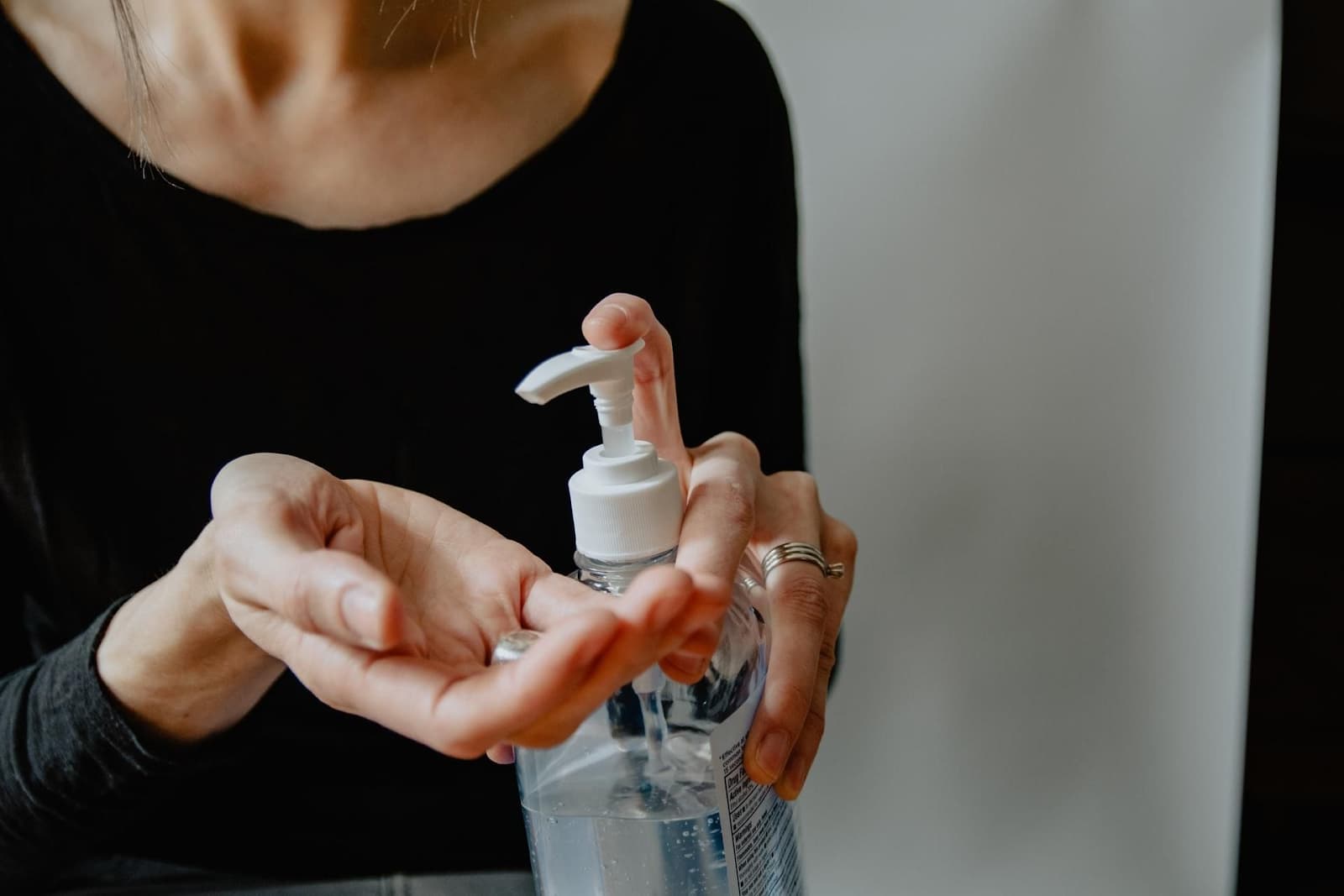In the field of hygiene and cleanliness, the terms “antiseptic” and “disinfectant” are often used interchangeably, leading to confusion about their specific functions and uses. However, they serve different purposes, and understanding their differences is critical to effective sanitation practice. During a coronavirus pandemic, it is possible to casino sin licencia España . Let’s understand their definitions, uses, and differences through detailed lists, paragraphs, a table, and a question-and-answer section.
1. Definitions:
- Antiseptic: An antiseptic is a substance that inhibits the growth and development of microorganisms on living tissues. It is primarily used to prevent infections in wounds, cuts, and other minor injuries.
- Sanitizer: A sanitizer is a substance that reduces the number of microorganisms on inanimate surfaces to a safe level, as determined by public health standards. It is commonly used on objects, surfaces, and hands to prevent the spread of germs.
2. Uses:
- Antiseptics:
- Applied to wounds and cuts to prevent infection.
- Used in medical settings for preoperative skin preparation.
- Employed in personal care products such as hand sanitizers and mouthwashes.
- Sanitizers:
- Utilized on surfaces in hospitals, restaurants, homes, and public spaces.
- Applied to hands to kill germs when soap and water are not readily available.
- Employed in food processing industries to maintain hygiene standards.
3. Active Ingredients:
- Antiseptics: Common active ingredients include:
- Alcohol (ethanol or isopropyl alcohol)
- Hydrogen peroxide
- Chlorhexidine
- Povidone-iodine
- Sanitizers: Active ingredients vary depending on the type of sanitizer but commonly include:
- Alcohol (ethanol or isopropyl alcohol)
- Quaternary ammonium compounds (quats)
- Chlorine compounds
- Hydrogen peroxide
4. Mechanism of Action:
- Antiseptics: Work by disrupting the cell membranes of microorganisms, denaturing proteins, and interfering with metabolic processes, thereby killing or inhibiting their growth.
- Sanitizers: Act by either killing or inactivating microorganisms on surfaces through various mechanisms such as protein denaturation, membrane disruption, or oxidative damage.
5. Duration of Action:
- Antiseptics: Typically provide prolonged action on the skin, offering continued protection against microbial colonization.
- Sanitizers: Offer immediate but temporary disinfection, with effectiveness diminishing over time as surfaces become recontaminated.
6. Safety Considerations:
- Antiseptics: Generally safe for topical use on intact skin but may cause irritation or allergic reactions in some individuals.
- Sanitizers: Safe for use on surfaces and hands when used according to instructions, but ingestion or inhalation of certain sanitizers can be harmful.
Table:
| Feature | Antiseptic | Sanitizer |
| Primary Use | Wound care, skin disinfection | Surface disinfection, hand hygiene |
| Target Surface | Living tissues | Inanimate surfaces, hands |
| Duration | Prolonged | Temporary |
| Common Ingredients | Alcohol, chlorhexidine | Alcohol, quaternary ammonium compounds |
Additional Considerations:
It’s important to note that while antiseptics and sanitizers are valuable tools in promoting cleanliness and reducing the transmission of pathogens, they are not substitutes for thorough cleaning. Both antiseptics and sanitizers work best on surfaces that have already been cleaned of dirt, debris, and organic matter. Therefore, incorporating regular cleaning practices alongside the use of antiseptics and sanitizers is essential for maintaining a hygienic environment. Additionally, proper storage and handling of these products are crucial to ensure their effectiveness and safety. By understanding the nuances between antiseptics and sanitizers and integrating them into comprehensive hygiene protocols, individuals and organizations can effectively combat the spread of infectious diseases and promote overall health and well-being.
Question-Answer:
Q: Can I use an antiseptic as a hand sanitizer?
A: While antiseptics like alcohol-based solutions can effectively kill germs on hands, they are formulated for wound care and may be harsher on the skin with prolonged use compared to hand sanitizers designed for frequent application.
Q: What distinguishes a sanitizer from a disinfectant?
A: Sanitizers are specifically designed to reduce the number of microorganisms to a safe level, whereas disinfectants are intended to kill or inactivate a broader spectrum of pathogens on surfaces, often requiring a longer contact time.
In, while both antiseptics and sanitizers contribute to maintaining hygiene and preventing infections, they serve distinct purposes and should be used appropriately based on their intended applications. Understanding their disparities is crucial for implementing effective sanitation practices in various settings.



